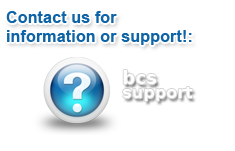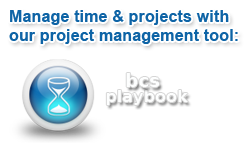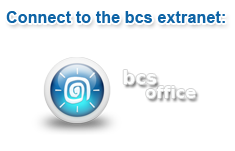BCS’ IT Governance focuses on information technology (IT) systems and their performance and risk management.
IT is at the heart of most organizations and controls or impacts every aspect of the business, from commercial transactions to employee records. IT governance implies a system in which all stakeholders, including the board, internal and external customers and, in particular, departments such as finance, have input into the decision-making process. Good governance prevents IT staff from making key decisions independently, but also ensures appropriate accountability for those decisions. Governance also helps ensure that key systems will perform as expected. Board members have a growing understanding of the overall design and architecture of the organization’s IT applications portfolio, available information resources, their condition, and the role they play in generating revenue.
Key challenges for IT governance managers include:
- Communications: To achieve a culture of IT corporate governance, clear communication must be associated with policy awareness, and boundaries for corporate behavior must be monitored
- Understanding: Every organization must take steps to build a comprehensive knowledge base of the policies and regulations that apply to their operation
- Constant evaluation: Organizations must be able to evaluate the effectiveness of established controls across multiple lines of business
- Mapping: Clear links must be established between applicable regulation and organization policies to document compliance
How BCS’ framework can helps your organization with IT governance:
- Promotes policy awareness to all of the organization’s stakeholders, and evaluates their adoption of applicable polices via automation and targeted awareness campaigns
- Integrates compliance assessment questions with specific controls, policies and regulations
- Trains employees on internal policies, tests their understanding and tracks adoption levels
- Manages the lifecycle of corporate policies and control standards from creation through approval and publication
- Ensures the effective evaluation and operation of internal controls through self-assessments
- Remediates issues of non-compliance
- Communicates policies to gain an enterprise view of your organization’s compliance status through all levels of your business hierarchy and infrastructure
- Provides key stakeholders with critical information through graphical dashboards and real-time reports


